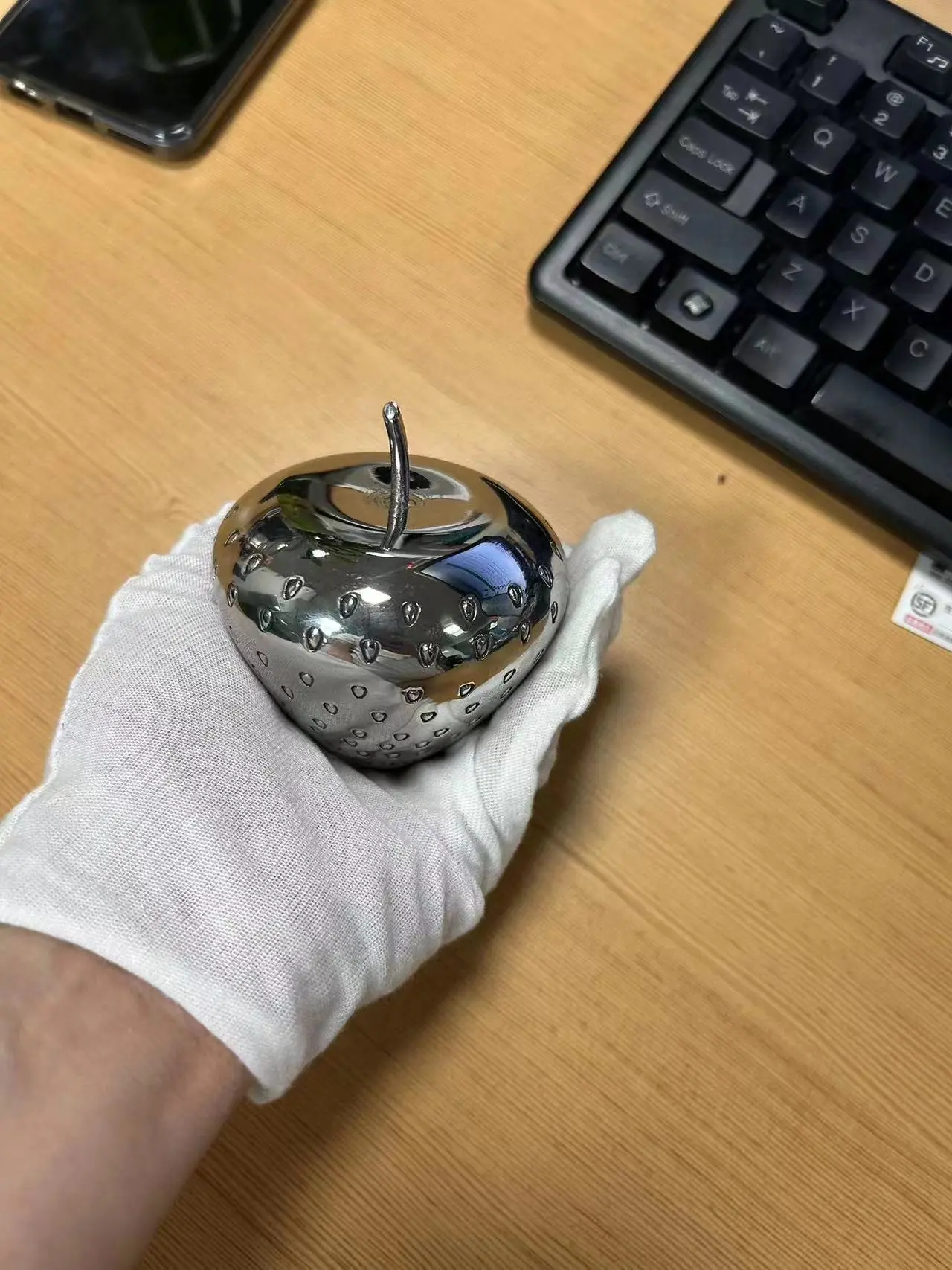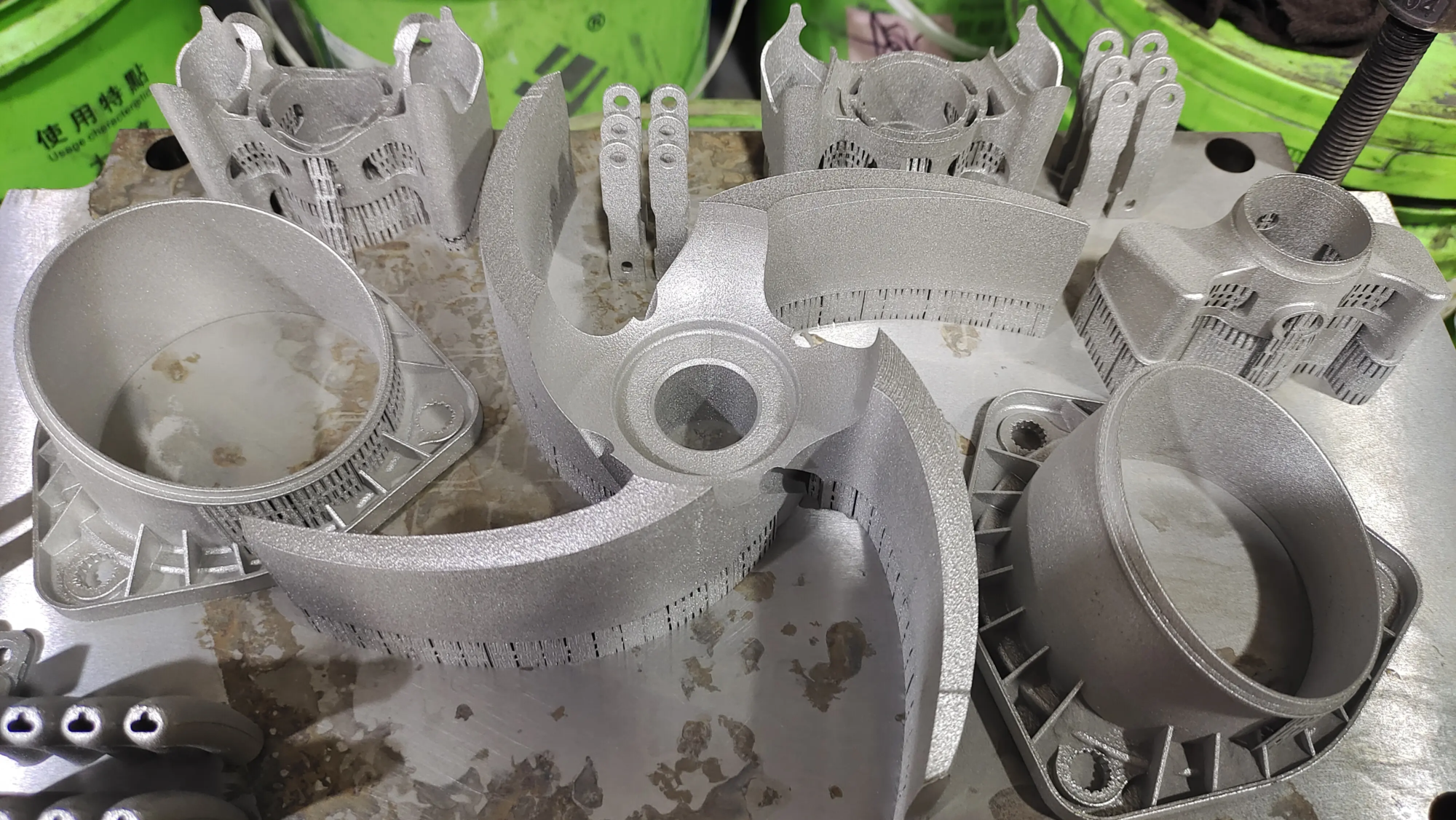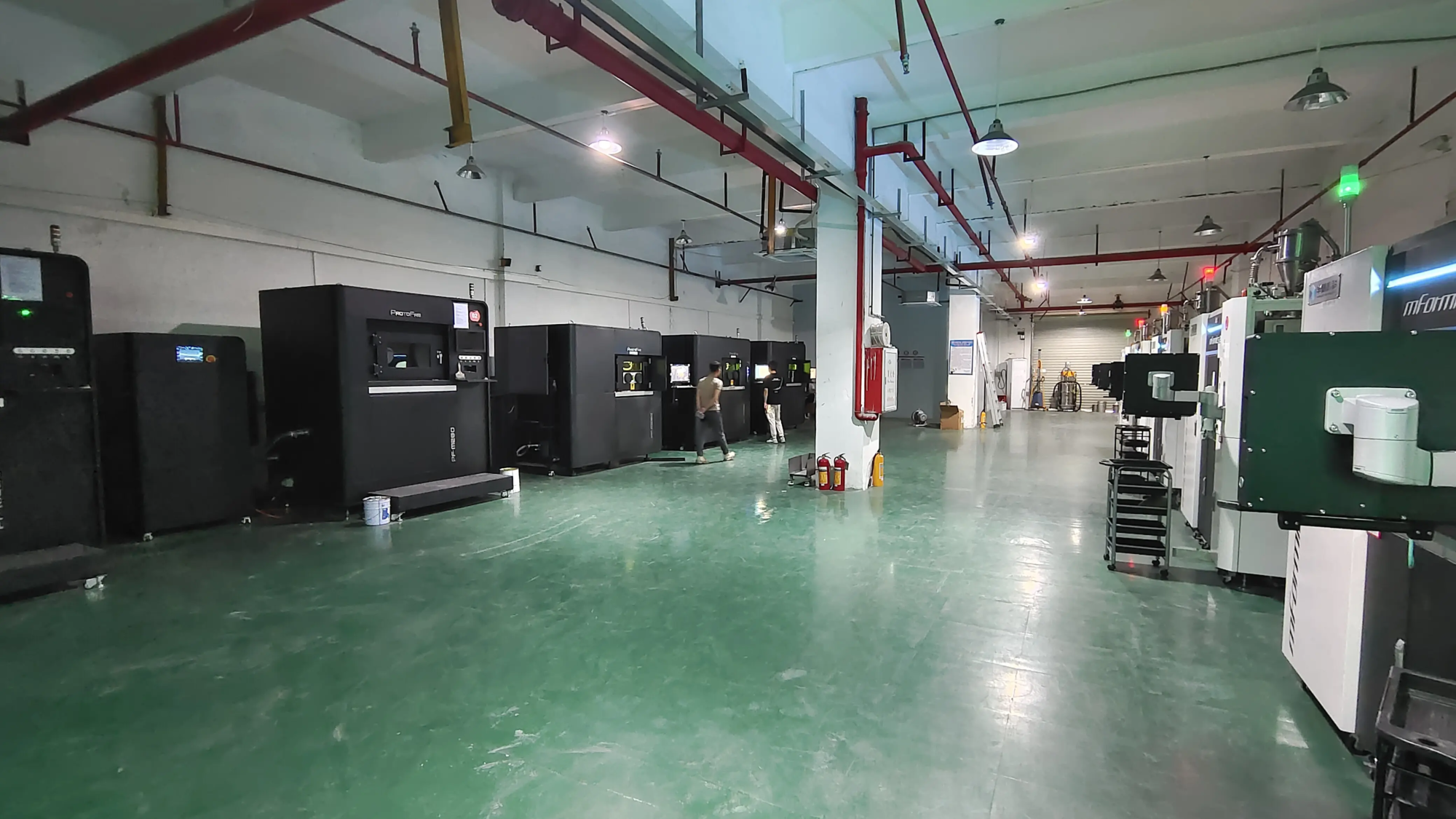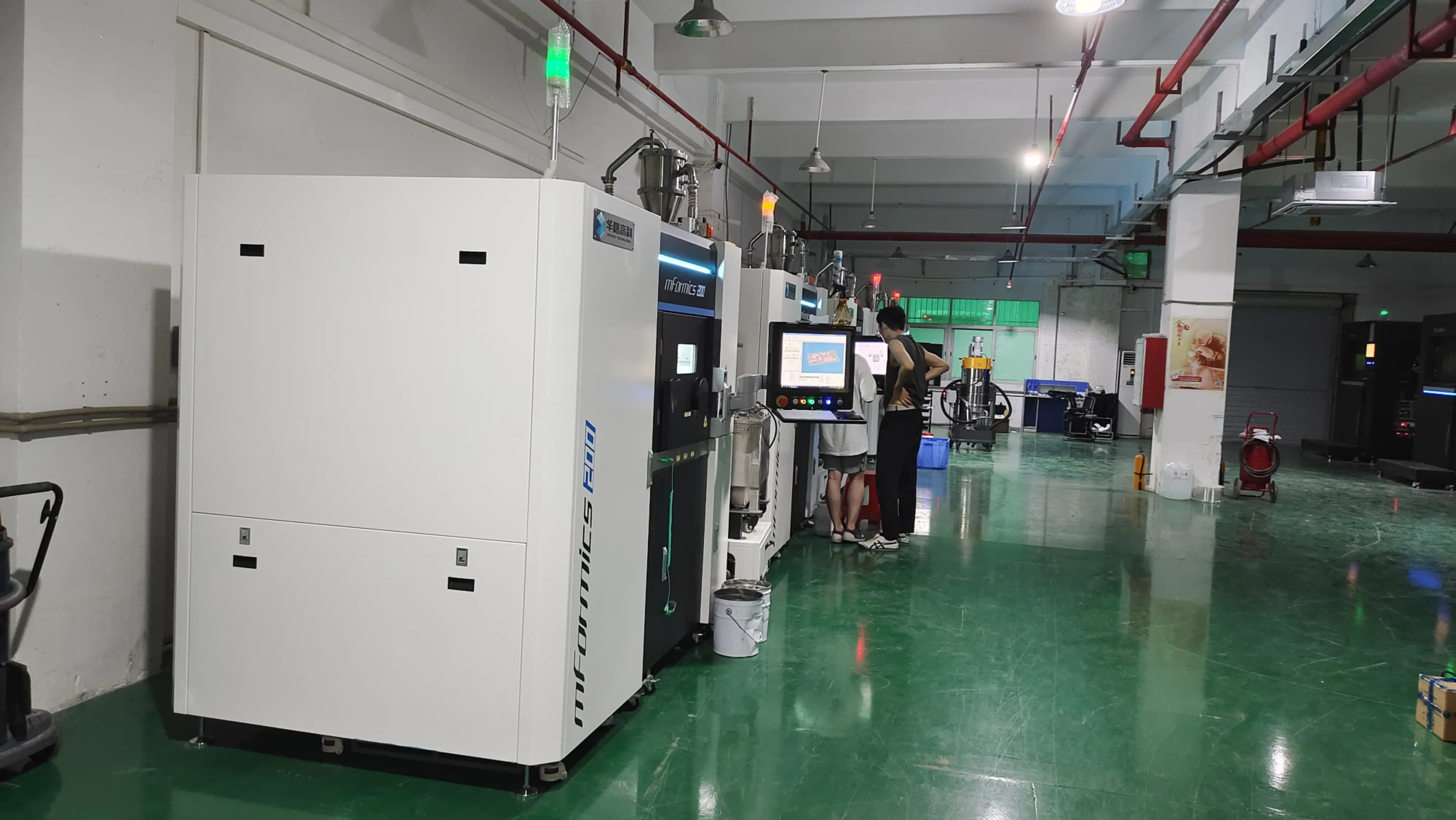Evolution of Air Guns: Unleashing Creativity with 3D Printed Parts
The Airsoft community thrives in terms of customization, performance tuning, and unique builds that stand out on the field. Although traditional manufacturing has its limitations, 3D printing has exploded to the scene, fundamentally changing the way enthusiasts approach upgrades, repairs and personalization. This technology enables players to create parts that were once impossible, discontinued, or overly expensive. This guide explores the world of 3D printed air gun components and explores the possibilities, best practices and key roles of manufacturing expertise.
Why 3D printing revolutionized air guns:
- Unrivaled customization: Design and print unique grips, stocks, handguards, optical stands, analog suppressors, track covers, magazine extensions, and even complex internal components tailored to your precise hand size, loads or aesthetic vision. Get yourself out of ready-made restrictions.
- Solve unknown: Rejuvenate classic or discontinued guns by recreating rare or broken parts that are no longer available through traditional channels. 3D printing brings new life to old-fashioned platforms.
- Rapid prototype and iteration: Fit and function through rapid prototype testing in hours or days. Design based on actual testing before committing to the final material – greatly accelerates the R&D process of custom construction.
- Low volume cost-effectiveness: For disposable parts or small batches, 3D printing often avoids the high upfront costs of injection molding or CNC machining tools.
- Lightweight solution: Advanced materials such as carbon fiber nylon or specific metal alloys achieve strong, complex geometry that are much lighter than traditional metal parts.
Air gun navigation materials and techniques:
Choosing the right material and printing process is critical to performance, safety and durability:
-
FDM/FFF (fusion deposition modeling/fusion filament manufacturing):
- Material: PLA (basic prototype), PETG (better impact, water resistance), ABS (sturdy, heat resistance), nylon (strong, flexible), composite filled with carbon fiber (high strength weight).
- Best for: Grips, stocks, handguards, track covers, analog suppressors (non-pressure), magazines (may be easy to wear), visual lifters, custom strap brackets, speed loaders and other pressure-free parts. Careful design is required to carry out strength.
-
SLA/DLP/LCD (Stereoscopic Lithography/Digital Light Processing/LCD Masking):
- Material: Hard or durable resin, abs-like resin, flexible resin.
- Best for: Highly detailed cosmetic components, sophisticated analog parts, lens protectors, small decorative elements, clamping texture. Generally, FDM plastic or SLS in impact is more fragile.
-
SLS (selective laser sintering):
- Material: Nylon 11, Nylon 12 (usually glass filled to increase stiffness/strength).
- Best for: Functional, complex parts require high strength, durability and impact without the need to be supported during printing. Suitable for internal components such as transmission boosters, trigger guards, selector switches, ergonomic grips, durable stock or reinforcement magazine parts.
- Metal 3D Printing (SLM/DML):
- Material: Aluminum alloy (e.g., Alsi10mg – lightweight, strong), stainless steel (e.g., 316L – corrosion resistant, strong), titanium (excellent strength to weight).
- Best for: High pressure, high clothing Internal components Where maximum strength and reliability are crucial. Examples include:
- Customized high-strength gears for high torque
- Reinforced piston head and rails
- Enhanced cylinder head and nozzle
- Powerful trigger components
- Durable bushing/holder
- Professional tools and fixtures: For transmission assembly/removal or custom builds.
Design Airsoft parts for 3D printing success:
A wonderful idea needs to be carefully executed. Consider these principles:
- Strength and stress analysis: Design parts of expected force (impact, bending, compression, twisting). Strengthen key areas (rounded corners, ribs, increased wall thickness). Simulate pressure if possible.
- Printing direction: It is crucial for FDM/SLA/SLS. Orient the parts to maximize the load path and minimize overhang/support requirements (which weakens the surface). Layer adhesion is crucial.
- Tolerance and fitness: Explain material shrinkage and printer accuracy. Design customs clearance for deliberately mating with mating parts. Test prototype is suitable!
- Material constraints: Learn about the layer adhesion (FDM), brittleness (certain resins), heat resistance and UV resistance (resin) of selected materials. Don’t ask PLA to do nylon work.
- Safety first: Unless professionally designed and manufactured on certified materials (such as metals), parts (such as pressure vessels) with safety redesigns should be completely avoided.
Safety and legality: The most important considerations
- Pressure parts: no way 3D printed parts are designed to contain a large amount of air pressure (such as valve components in air guns or HPA tanks) unless rigorously tested and qualified high-end metalworking is used. The risk of catastrophic failure that leads to injury is too high. Stick to the traditional mechanic metals for these applications.
- Barrel and cylinder: Avoid printing AEG outer barrels unless it is purely cosmetic and non-structural. The inner barrel must maintain perfect pore consistency; the metal is mandatory. Cylinders require high-dimensional accuracy and strength – best left to traditional metals.
- Regulations for specific countries: Make sure your custom parts (especially highly realistic analog suppressors or potential high fire rate triggers) comply with local air gun laws and on-site regulations regarding muzzle equipment, FPS restrictions and fully automatic restrictions.
Examples of successful 3D printed air gun parts:
- PMAG LIP Kit: Reliable FDM prints (PETG/ABS/NYLON) for expanding box magazine capacity.
- Linear tension trigger: Highly ergonomic triggers printed using FDM (nylon composite) or metal for pivot pins/participating surfaces.
- Stock Rise/Attachment Mount: Ideal for FDM/SLS and can be customized for helmet/optical height.
- Motor grip and pistol grip: Widely printed in PETG/nylon/SLS for unique textures and ergonomics.
- Analog Suppressor (Cosmetics): Intricate honeycomb pattern or replica designs are excellent in FDM/SLA/SLS.
- Specialized jumping weapons/core: Nylon (SLS) allows for the optimization of complex shapes of back-turning rotation.
- Internal reinforcement parts: Metal SLM It is transformative for the following components:
- High-strength bevel/pinion gear: A DSG/SSG capable of withstanding high stress can be built where standard gears cut teeth.
- Reinforced piston head: Customized geometry provides better air seal and impact than ready-made options.
- Lightweight cylinder head: Aluminum printing optimizes airflow and reduces weight.
Why work with professional manufacturers of critical parts (such as Greatlight)?
While desktop printers are great for prototyping and cosmetic parts, they can achieve truly robust, reliable and high-performance components – Especially the metal interior – Industrial-grade manufacturing expertise is required. Here, professional partners become priceless:
- Advanced SLM Metal Printing: The company likes it Great Utilize state-of-the-art selective laser melting technology. This will produce Completely dense high-strength metal parts Has comparable properties to traditional processed materials – critical for critical air gun assembly.
- Materials Science Expertise: Certified metal powders (aluminum, stainless steel, titanium) ensure reliability under pressure. The expertise of polymer (SLS nylon) ensures optimal part performance.
- Accuracy and repeatability: Industrial systems achieve tolerances and surface effects far beyond typical hobby machines, thus ensuring consistency and perfect decoration.
- Project support: A professional team can assist in design optimization to add manufacturing, pressure analysis and material selection for air gun requirements.
- Integration post-processing: Great lighting provides complete "One-stop" Solution Includes key finishing steps: precise machining of critical dimensions, enhanced strength (especially crucial for metal gears), smoothing (tuning, polishing, media blasting), surface coatings (anodizing), and strict quality-controlled heat treatment.
- Quick delivery: Professional services provide production-grade parts much faster than traditional CNC machining, for complex one-time prototypes or small batches.
Conclusion: The future is custom, and the future is printing (professional)
3D printing is a powerful tool to reshape the air gun landscape. It unlocks unprecedented levels of customization, solves some scarcity and accelerates innovation. It is crucial to understand the functions and limitations of different materials and processes. Use desktop printers wisely for creative, non-critical enhancements. Parts Requirements Durability, strength, accuracy and safety – especially metal internal components – Delegate your design to a professional rapid prototyping partner Great. With state-of-the-art SLM technology, deep material expertise and comprehensive post-processing services, they bridge the gap in digital design and battlefield readiness. Embrace the freedom of 3D printing, but remember to prioritize safety and leverage expert manufacturing capabilities when it really matters.
FAQ: 3D printed air gun parts
Question 1: Is it safe to use 3D printed parts in my air gun?
A1: Safety depends entirely on the parts, materials, printing process and their functions.
- Cosmetics/Non-critical parts (grip, stock, rail): It can be safe when printed with appropriate materials (PETG, nylon, SLS nylon, resin) and decent quality.
- The moderate pressure part: Powerful materials (SLS nylon, carbon fiber wire) and optimized designs can be used, but can be tested carefully.
- Key interior (gear, trigger contact, cylinder parts) and pressure parts: It requires great caution. Use professionally printed parts only in certified high strength materials such as well as famous manufacturers (especially metals passing SLM). no way Hobby-grade plastic printing is used for these applications due to high risk of failure.
Q2: What is the strongest 3D printing material for Airsoft parts?
A2: For plastics, SLS nylon (Nylon 12) or Carbon fiber reinforced FDM wire Provides high impact strength and durability. For the ultimate power, especially for the internal power, Metal alloys are excellent: Aluminum (Alsi10mg), Stainless Steel (316L) or Titanium The intensity provided by selective laser melting (SLM) printing can be comparable to or exceed that of conventional mechanized materials.
Question 3: Can I print the entire air gun?
A3: Print a Functional, safe and reliable The entire airsoft is currently unrealistic and highly discouraged.
- Desktop plastic printers lack the strength and accuracy of reliable, safe pressure and high pressure mechanical components.
- Critical parts such as gearboxes, barrels, jump units and pressure mechanisms (GAS/HPA) require materials and tolerances best implemented by traditionally manufactured or high-end professional metal AM.
- Focus on printing accessories and upgrading/replacing specific parts within professionally manufactured receivers/frames.
Q4: Why choose a professional 3D printing service like Greatlime instead of my home printer?
A4: Professional services provide important advantages for functional parts:
- Industrial Metal Printing (SLM): Internal components using metals such as aluminum, steel and titanium are unrivalled in strength.
- Material Certification: Ensure material properties for key applications.
- Power is enhanced through post-processing: Heat treatment can significantly increase the strength of metal parts (especially the crucial of gears).
- Excellent accuracy and surface surface: Tolerances required to achieve reliable mechanical functions.
- Project support: Expertise on design optimization for AM and material selection.
- Powerful post-processing: Integrated services (processing, finishing, coating) ensure part performance.
Q5: Can Greatlight use my 3D model?
A5: Absolutely! Greatlight specializes in converting digital designs into high-quality physical parts. You provide CAD files (STL, Step, etc.), select the appropriate materials (metals, SLS nylon), and they handle the entire process – from technical reviews and optimization suggestions to printing, comprehensive post-processing (including heat treatment of metals) and delivery. They focus on providing fast custom solutions to require precise parts.





